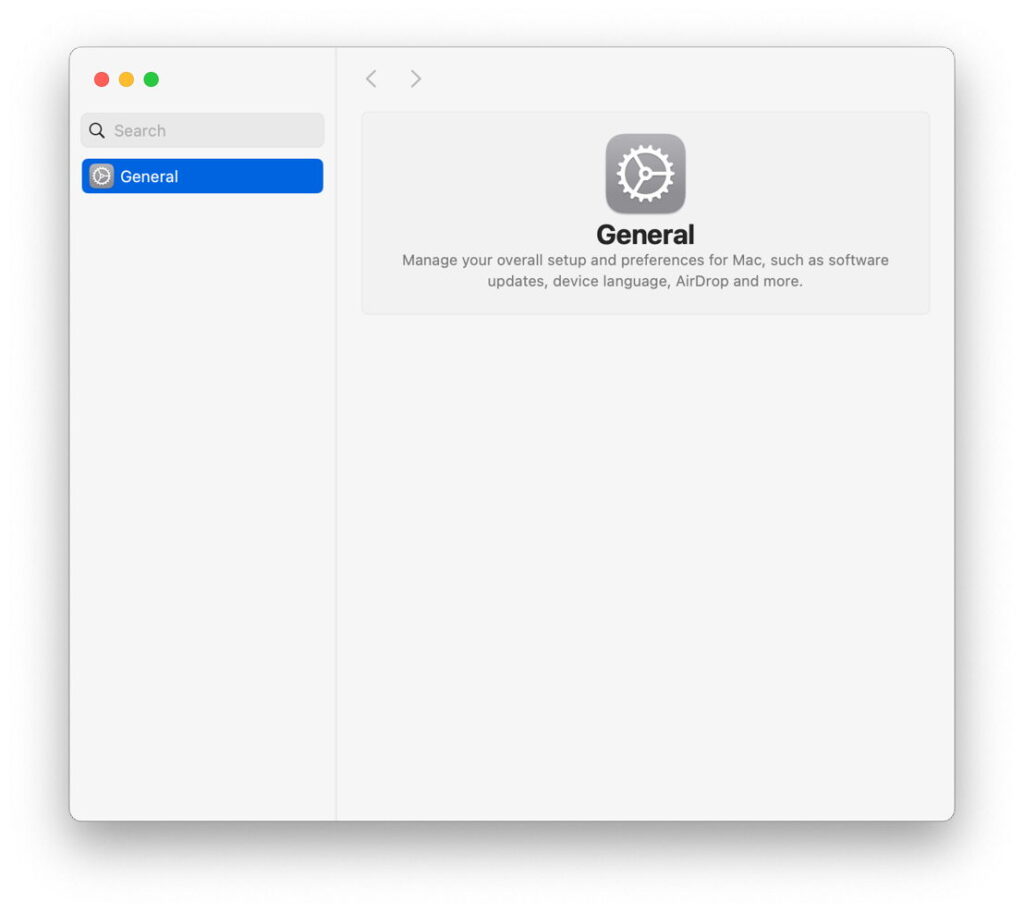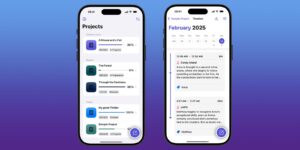Controlling LaunchServices in macOS Sequoia

As its name suggests, LaunchServices is responsible for key features integrating the launch of apps and document types. Together with the more recent RunningBoard subsystem, it handles much of the work involved in launching apps, as I explored yesterday for Sequoia. This article looks in more detail at LaunchServices and what you can do to address problems, such as ensuring that only the apps you want are listed in the Finder’s Open With… contextual command.
RunningBoard is concerned with the control of resources such as memory, GPU access, CPU limits and the process lifecycle. Events are handled as assertions, and for apps that it manages those can result in reallocations and changes of state. Each running app has a lengthy and detailed job description created during launch but that doesn’t persist once an app has shut down.
In contrast, LaunchServices compiles a large registry database of apps and their associations with and capabilities for handling different document types. Its records determine which app opens a document when you double-click on its icon in the Finder, and most prominently which are listed when you open the Open With… item in the Finder’s contextual menu. Apps are registered there automatically, and their details are updated each time they’re run. Although the user can’t interact directly with LaunchServices, there is a command tool that offers control over it, lsregister, although it’s buried deep in the system frameworks, doesn’t have a man page, and now works differently.
lsregister
This command tool can be found at /System/Library/Frameworks/CoreServices.framework/Versions/A/Frameworks/LaunchServices.framework/Versions/A/Support/lsregister, and typing that in with the -h option will show its usage information, as the closest you’ll come to documentation. If you’re going to use it much, you’ll want to create an alias for it, or add it to your PATH with
PATH=/System/Library/Frameworks/CoreServices.framework/Frameworks/LaunchServices.framework/Support:”$PATH”
to use the command as lsregister, as I’ll do here.
Useful lsregister commands follow one of two forms:
lsregister [options] [path]
to register or unregister an item (usually an app) specified by the path, and
lsregister [options] [-apps domainlist] [-libs domainlist] [-all domainlist]
to act on the LaunchServices database for the given types (apps, libs, all) and domains. Domains are usually specified as a list of letters:
u,s,l,n
is the complete set, covering user (your Home folder), system, local and network.
Registration
In the past, apps used to populate the LaunchServices registry were those located in the traditional Applications folders, but recent versions of macOS have extended that to cover almost any accessible folder. This has been explored by Jeff Johnson, who has shown that excluding folders and volumes from Spotlight indexing, by adding them to the list in Search Privacy… in Spotlight settings, will exclude those apps from LaunchServices’ list. Alternatively, you can hide the folder they’re in by adding a dot to the start of its name. However, that can still fail at times, for example if you open that excluded location in the Finder, resulting in those hidden apps being added back into that list.
You can try to remove an app from the LaunchServices registry using the command
lsregister -R -f -u pathname
where pathname is the path and name of the app. In Sequoia, that invariably returns an error that lsregister “failed to scan [path]: -10814 from spotlight,” where the path given is that to the app. That error code comes from LaunchServices, and its name reveals the cause: kLSApplicationNotFoundErr, even when the pathname given to lsregister is correct. Despite that error, if that app is hidden from Spotlight search, this should prove effective until something undoes it again.
This over-enthusiasm to register apps can be even more than a nuisance when running a lightweight macOS Virtual Machine on Apple silicon. If you make the host’s Applications folder a shared folder with the VM, then open that shared folder within the VM, all the apps within it are promptly added to the Open With… list in the guest, a behaviour likely to be unwanted.
Given the current state of LaunchServices discovery, you’re unlikely to want to add an app to the database, as it’s most probably already there, whether wanted or not.
Resetting the registry
In the past, one last-ditch method of addressing LaunchServices problems has been to reset its registry. You can perform that using either
lsregister -kill -r -v -apps u
to affect just the user domain, or
lsregister -kill -r -v -apps u,s,l
to widen its coverage to other domains.
Running either of those in recent versions of macOS including Sequoia is likely to wreak havoc, though. While this appears to be effective with the Open With… list, its effects on System Settings can be catastrophic. This can remove its entire contents, and even blow the wallpaper away. Normal function should start to return after restarting the Mac, but even then problems can persist.
Dumping the registry
Even on a minimal Mac, LaunchServices’ registry is very large. If you want to inspect its contents, use a command like
lsregister -dump > ~/Documents/lsregisterDump.text
to write its contents to the file lsregisterDump.text. Browsing that should keep you occupied for many hours or days.
Summary
LaunchServices is responsible for making associations between apps and documents, and maintains a large registry of all apps and document types.
Its registry is used to populate the list for the Open With… item in the Finder’s contextual menu.
LaunchServices now tries to include all apps in accessible volumes and folders.
You can control (to a limited degree) its registry using the hidden lsregister command tool.
You can exclude apps only if their location is excluded from Spotlight search by adding it to Search Privacy… in Spotlight settings.
LaunchServices in a VM will also try to include all apps in shared folders on the host.
Resetting the registry using lsregistry -kill can wreak havoc with System Settings and should be avoided.
Dump the registry to text using lsregister -dump if you enjoy a long read.



